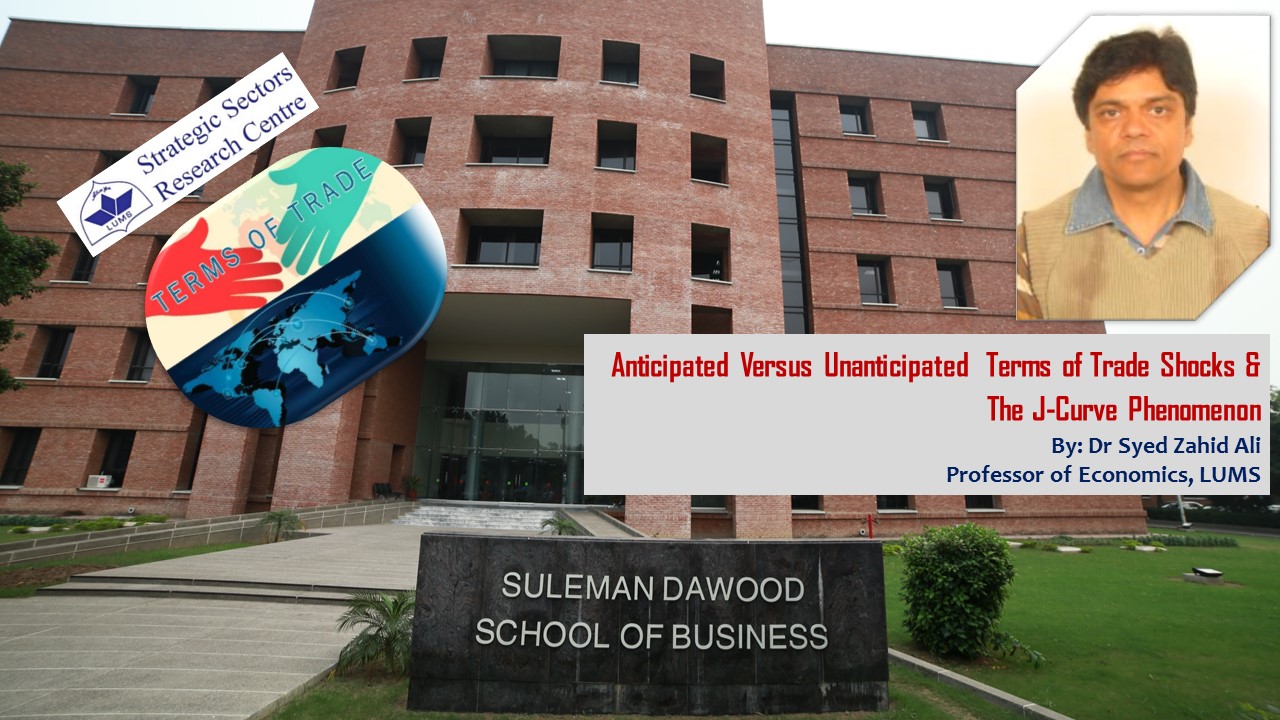Event Detail
Anticipated Versus Unanticipated Terms of Trade Shocks & The J-Curve Phenomenon
October 27, 2017
A-16, Academic block, LUMS

Speaker’s Profile:
Syed Zahid Ali is a professor of economics at the Lahore University of Management Sciences. He did his M.A and PhD in economics from McMaster University Canada. He joined LUMS in 2002. His teaching interest covers areas like Macroeconomics, Microeconomics, Mathematical economics, Monetary Economics, Econometrics, and Finance etc. Syed Zahid also taught at various universities such as McMaster University, Hamilton, Ontario, Canada, International Islamic University, Islamabad, Quaid-I-Azam University, Islamabad, and Bond University, Australia. He wrote a number of research papers in the area of both Macro and monetary economics which were published in journals of international repute such as Canadian Journal of Development Studies, Economic Modelling, Economics Letters, Applied Economics Letters, International Review of Economics and Finance, Quarterly Review of Economics and Finance, and Journal of International Money and Finance etc.
Abstract:
Using a dynamic stochastic general equilibrium (DSGE) model, we examine the impact of anticipated and unanticipated terms of trade (ToT) shocks on aggregate output, inflation and the trade balance (TB). This allows us to offer an alternative explanation of the J-curve phenomenon. We find that an unanticipated ToT shock increases real output as well as inflation but the J-curve phenomenon may not exist under a certain condition. However, under the same condition, an anticipated ToT shock leads to the J-curve effect. We find that our main result, concerning the J-curve phenomenon, continues to hold even if the assumption of rational expectations about the ToT is relaxed. Further analysis reveals that the presence of a cost channel of monetary policy increases the intensity of the J-curve effect. Assuming plausible parameter values, while using a more general model, calibration results support our theoretical predictions.
